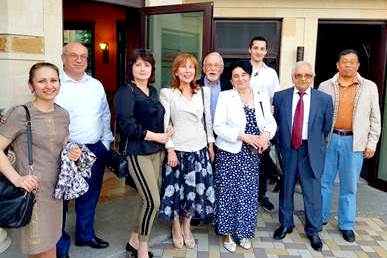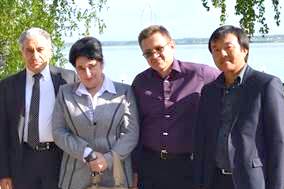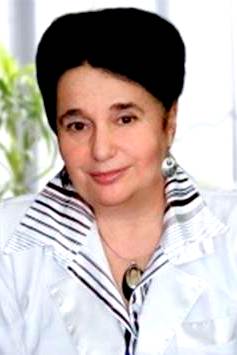Research Department


 Prof. Natalya Ivanova, MD, DSc
Prof. Natalya Ivanova, MD, DScHead of Department
.
History
The Research Department was established in the late 60s. Its tasks included planning research topics, monitoring their implementation, drawing up research reports.
Over many decades, the Department has complied a broad data base of research papers. It encompasses not only the reports of the Scientific Council but also all information on the research undertaken, patents, medical technologies and other areas of research.
Many prominent scientists started at the Research Department. Among them are professors: L.V. Abrakov, G.S. Tigliev, V.F. Melkishev, S.L. Yatsuk.
Today, the specialists of the Institute continue the traditions of the Leningrad-Petersburg neurosurgical school and the Russian neurosurgery, actively investigating all aspects of neurosurgical disease.
Major achievements
Over the past 4 years, the Institute's specialists have published 245 articles in Russian and international journals with a total impact factor of 148.135, 23 monographs, 53 textbooks, received 28 patents, made presentations at 98 international and 363 Russian conferences.
The institute has a Thesis Committee (for doctoral and PhD thesis) in three specialties: neurosurgery, nervous diseases, diagnostic radiology/radiation therapy.
The number of theses defended from 2016 to 2019: 89 theses, including 13 doctoral theses, 73 PhD theses in the specialties: Neurosurgery – 40 (doctoral – 6, PhD – 34), Nervous Diseases – 27 (doctoral – 3, PhD – 34), Diagnostic Radiology/Radiation Therapy – 19 (doctoral – 4, PhD – 15).
Main research topics
The main research topics are performed under state assignments and grants.
- Development of new technologies for the diagnosis and management of patients in a prolonged unconscious state.
- The connection between neurophysiological and pathomorphological mechanisms of the formation of the pathological system in structural epilepsy.
- Study of neural plasticity in cerebrovascular diseases through the use of new biomarkers of ischemic brain damage and study of the connectome in order to identify predictors, develop new preventive and treatment strategies.
- Development of minimally invasive personalized technologies for surgical treatment of patients with spinal diseases.
